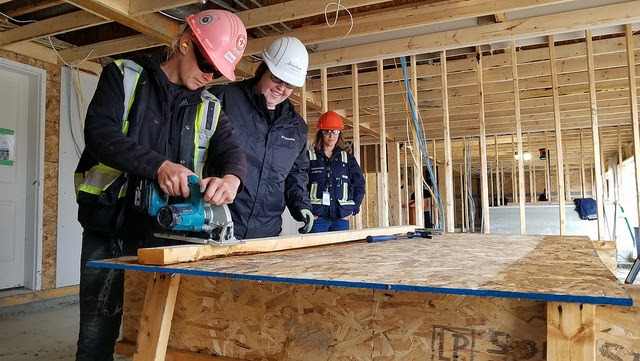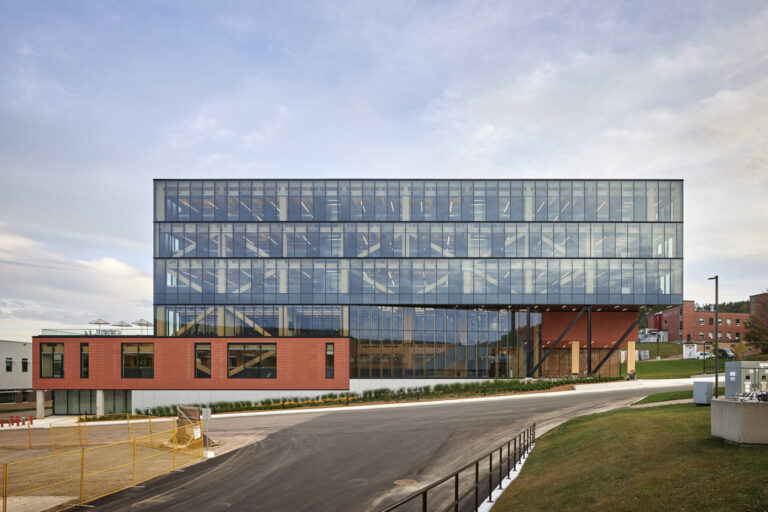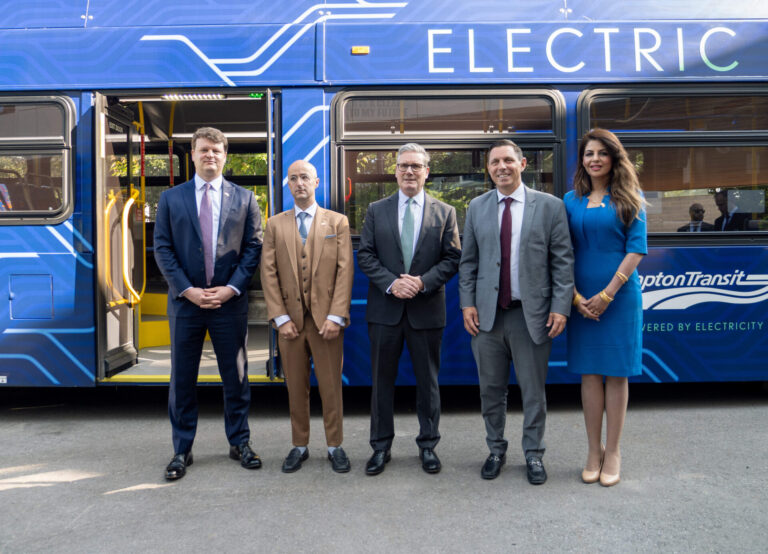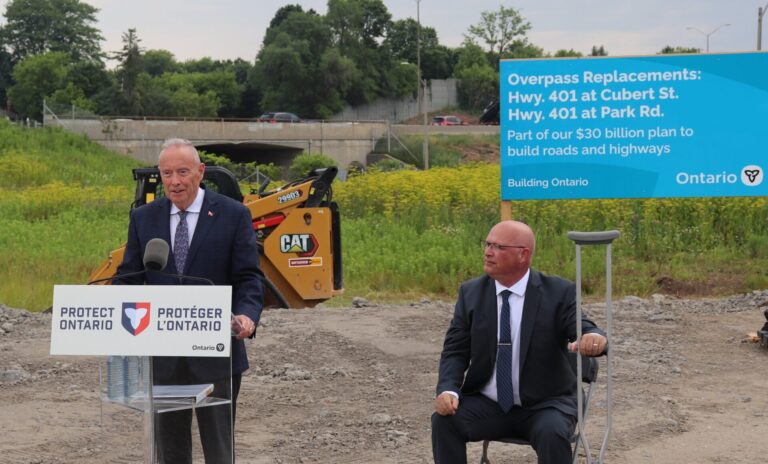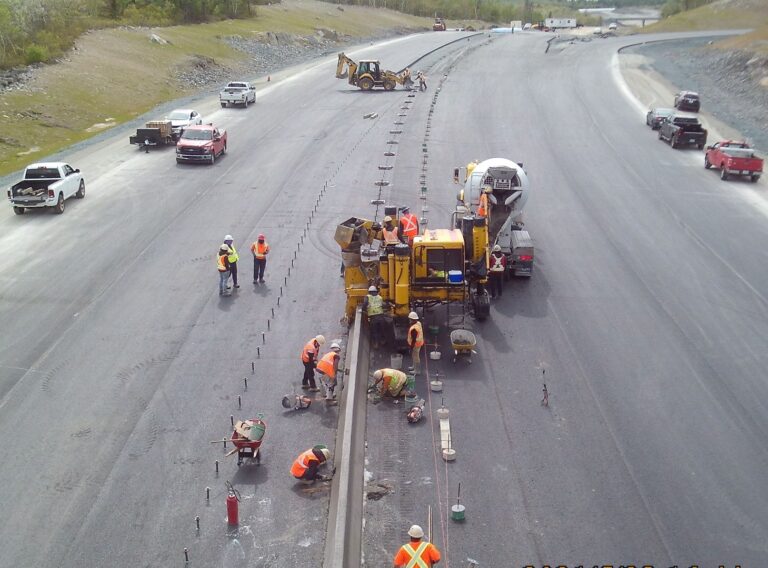A new paper from the Institute on Municipal Finance and Governance at the University of Toronto’s Munk School of Global Affairs and Public Policy finds that the departments, firms, and companies that are at the heart of infrastructure projects suffer from a diversity gap. The leading decision makers at these organizations, which include the government departments and private firms that build our roads, schools, and bridges, and the companies that are developing the next wave of smart-city technologies, are not representative of the wider communities in which major infrastructure projects are planned, built, and operated.
As authors Matti Siemiatycki, interim director of the School of Cities at the University of Toronto and Canada Research Chair in Infrastructure Planning and Finance, and Yoko Cecelia Pye, a Master of Science in Planning candidate at the University of Toronto write, this matters because the decisions that cities make about infrastructure development, as well as about innovations in mobility, security, waste disposal, information technology, and smart-city infrastructure, will set cities on a path towards either inclusive prosperity or further social inequality. Extensive evidence shows that women, low-income households, and marginalized communities disproportionately bear the brunt of noxious infrastructure such as garbage dumps, power plants, unsafe drinking water, and highways that bisect neighbourhoods. Yet they are not represented in the decision-making process.
Some of the paper’s specific findings include:
- Only eight per cent of the top managers and board members in the largest infrastructure companies worldwide are racial minorities in the country in which they work.
- Fewer than 10 per cent of the national ministers of infrastructure worldwide are women compared with 35 per cent of health ministers.
- At major transit agencies in Toronto, Vancouver, and New York, white men hold 59 per cent of the board seats, but speak 76 per cent of the time at meetings, according to an analysis of publicly posted videos of board of director meetings of these agencies in 2017.
- The voices of minorities and people with physical disabilities are rarely heard at these agencies’ board meetings.
The paper proposes strategies to increase diversity in the industry, including increasing the pipeline of diverse talent, encouraging diverse hiring, changing workplace and industry culture to support diversity, and creating policies that support retention and promotion.

